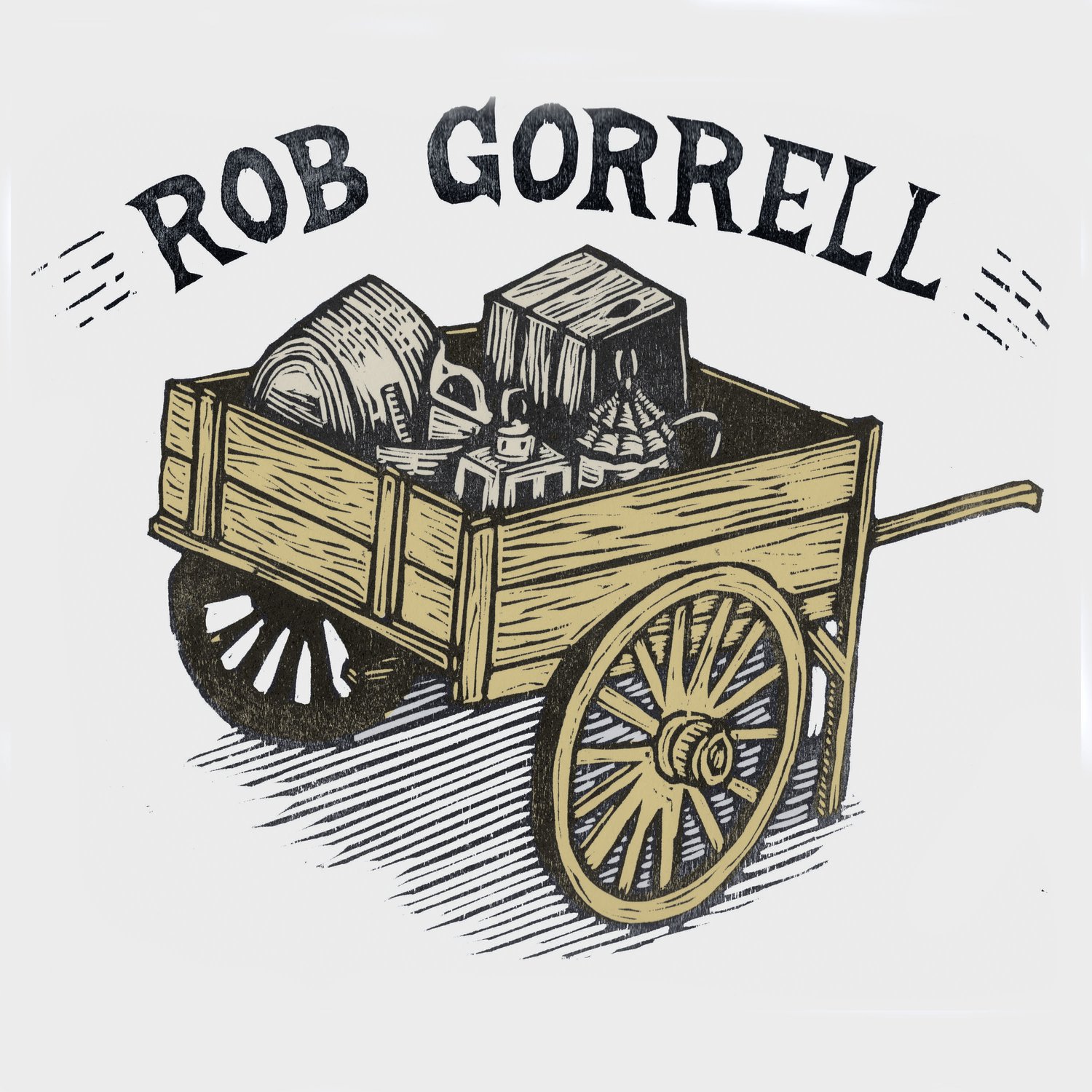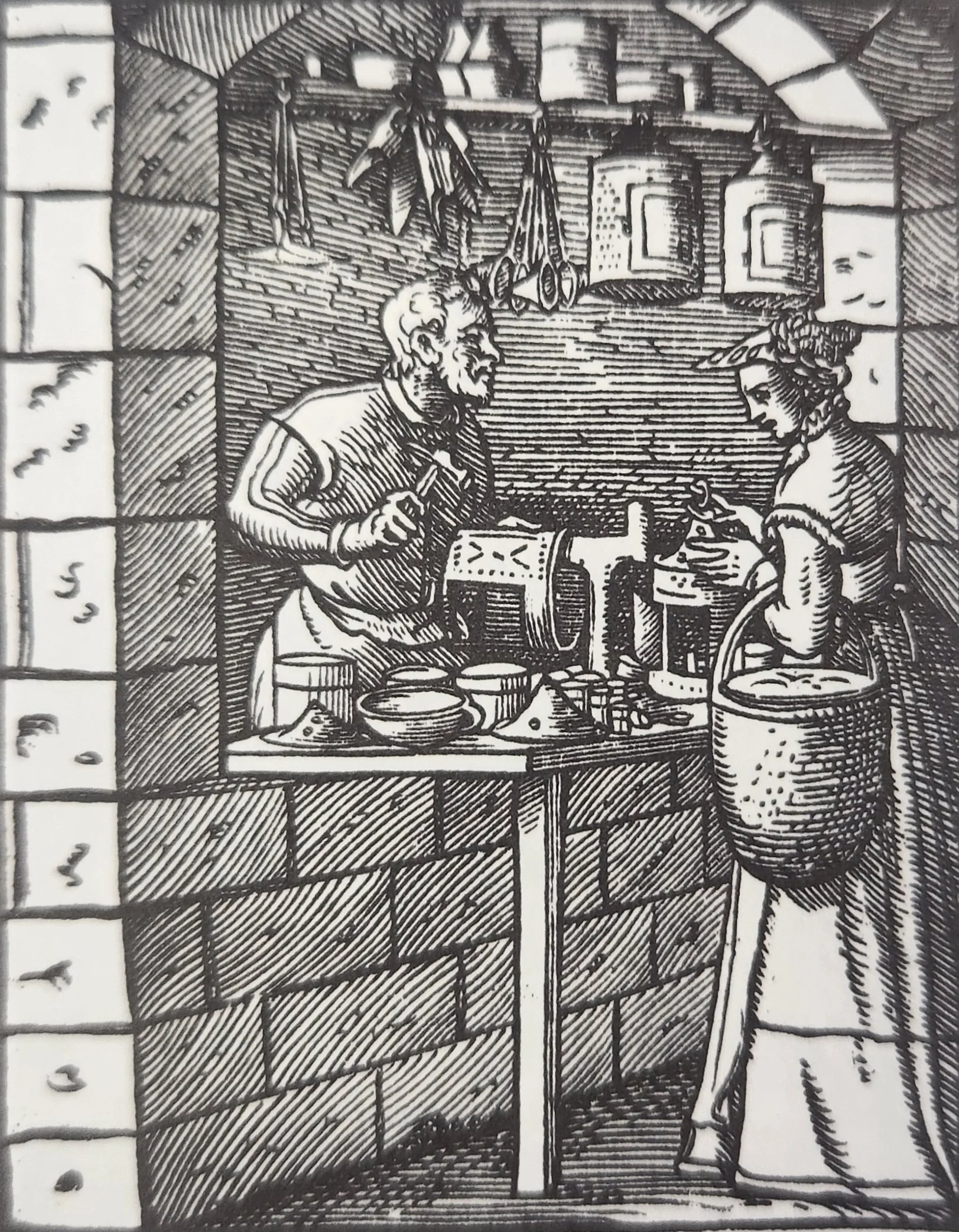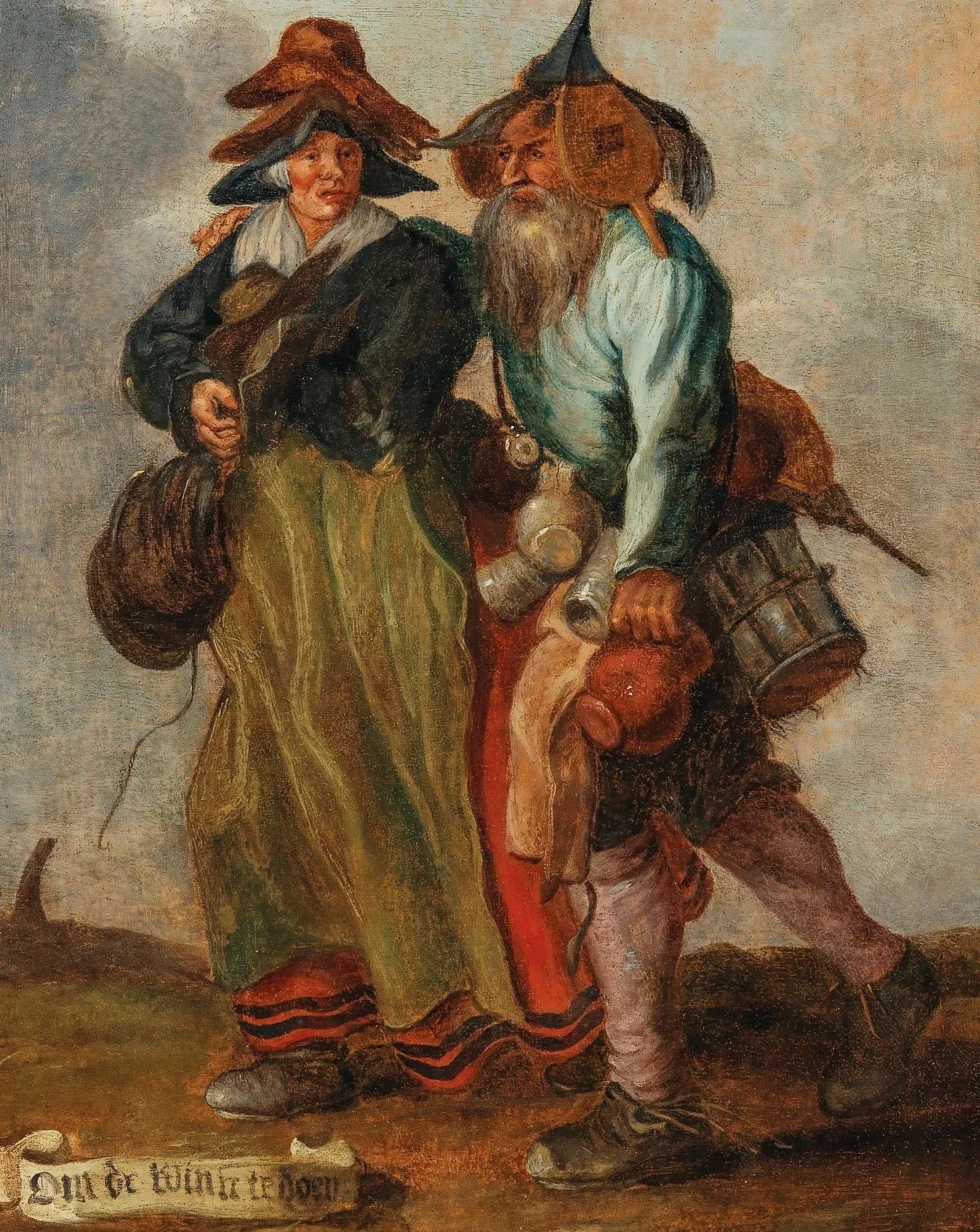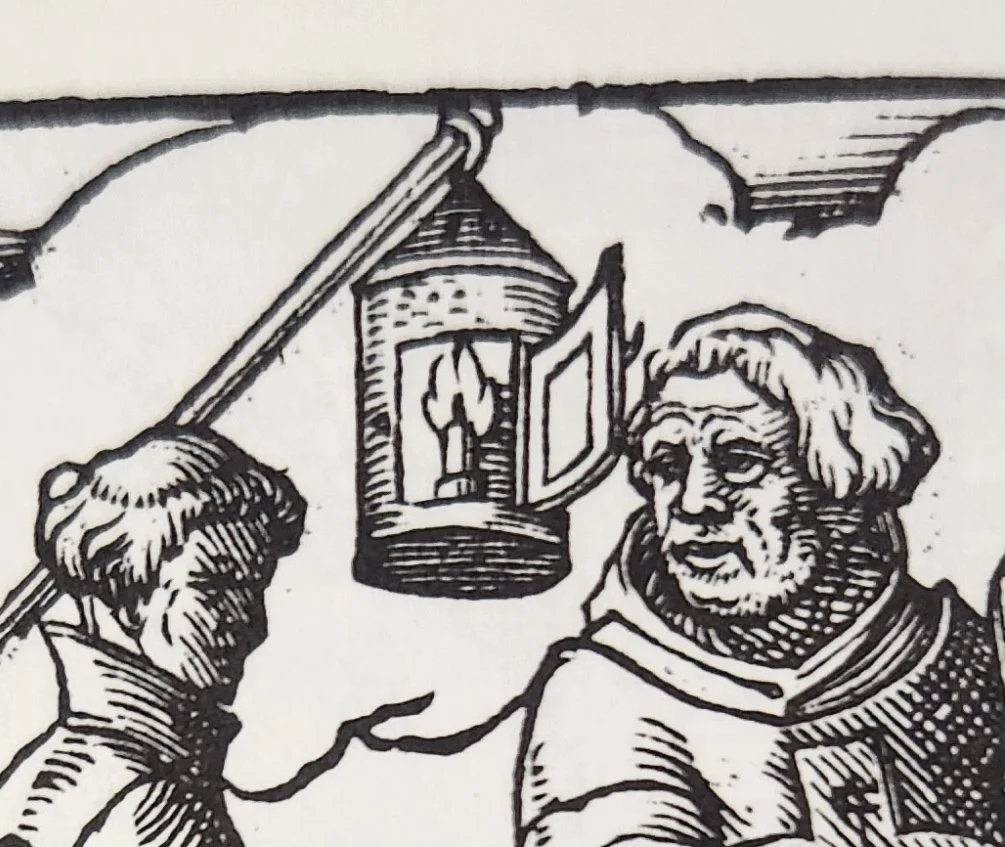A little lantern background.
This is the second post in a series that I am putting together on the history and construction of traditional tin lanterns. I will be using a variety of primary sources showing tin lanterns and have attempted to properly site each image. I hold no copyright and offer the information freely.
This is an attempt to pull all my sources on tin lanterns together in one place, and to try to put together a timeline of lantern designs. I am skipping over earlier forms of lighting such as the burning stick, rush lights, stone and clay lamps and betty lamps. I am also not going to go candlesticks, or the areas on making candles and rushes.
Gathering information on the history of tin lanterns is frustrating. Many of the books that were published on tinware have great images, but when it comes to when the lantern was made terms like “antique”, “early-American”, “early” and “primitive” are often used. “Late 18th or early 19th century” is not a term that helps much. In addition, references and documentation for most of the sources available are woeful at best. I have made an effort to document the sources for this article, but most are secondary sources. The best primary sources I have are artwork and images from well-known museum collections.
The image of “The Lantern Maker” from the 1578 illustration in the Book of Trades is a good place to start ( The Book of Trades, 1578, by Jost Amman and Hans Sachs, page 88). If you look at the round punched tin lanterns hanging in the lantern maker’s shop, you will see that they look remarkably similar to the punched tin lanterns that were common through the 19th century and still being made by tinsmiths today. It is a universal and timeless pattern. It can also be seen that the artisan is working on a lantern over a “stake”, which is how tinsmiths refer to the various stake anvils used to produce tinware
Another image from The Book of Trades is “The Priests” shown here. (1578, by Jost Amman and Hans Sachs, page 12). We will see the idea of a lantern being carried on a pole with the door open repeated as we continue to look at period artwork going forward.
So just when did these tin lanterns come about? Tinplated articles appeared in central Europe in the 1300s and became commercially made since the late 1660s.Tinplate.co.uk When we discuss tin items here in the we use the general term tinplate for anything coated in tin. But in older sources and sources from the UK the terms “Sheet iron” and “tinned iron” are used. In some cases it seems to be implied that sheet iron is tinned, but sometimes it looks like it was just bare iron that was riveted and seamed together. The technique of tinning an object after it was created has been available since the Roman period, just to add to the confusion.
““I shal as I can ffolwe thyn lanterne as thow gost byforn”.”
This odd couple appear in a work titled “It’s all about the profit.” By Adriaen Van de Venne, 1589-1662. Take a look at the large round lantern with horn panes hanging from the gentleman’s belt. We will talk about horn panes in a later post.
Here is one of my favorite early period lanterns from “Guardroom with the Deliverance of St. Peter, 1645-47. Notice how large this lantern is. I especially like the punched tin patterns and the use of beading throughout the lantern. This lantern is suspended by a rope and could be lowered to be lit.
I spent a good bit of time studying this lantern and came of with my version of the lantern that is for sale in my store. The lantern is available in several finishes in my store.








